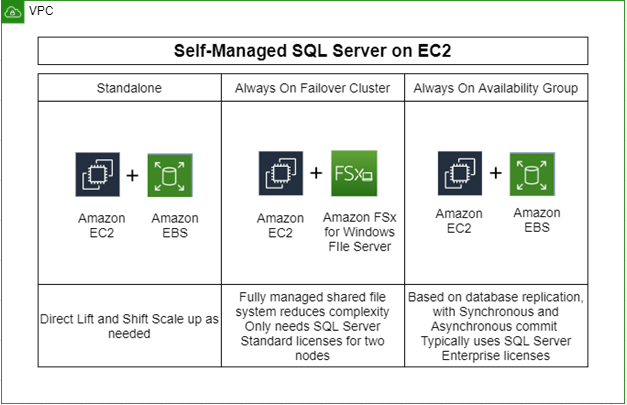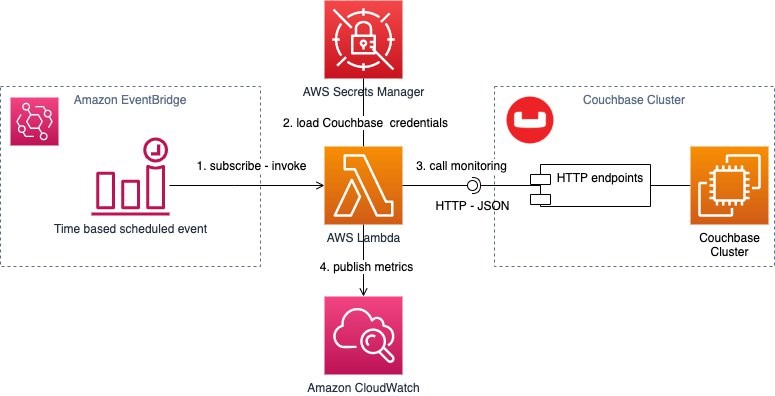AWS Architecture Blog
Tag: Field Notes
Field Notes: Accelerating Data Science with RStudio and Shiny Server on AWS Fargate
This post was updated November 18, 2021. Data scientists continuously look for ways to accelerate time to value for analytics projects. RStudio Server is a popular Integrated Development Environment (IDE) for R, which is used to render analytics visualizations for faster decision making. These visualizations are traditionally hosted on legacy unix servers along with Shiny […]
Field Notes: SQL Server Deployment Options on AWS Using Amazon EC2
Many enterprise applications run Microsoft SQL Server as their backend relational database. There are various options for customers to benefit from deploying their SQL Server on AWS. This blog will help you choose the right architecture for your SQL Server Deployment with high availability options, using Amazon EC2 for mission-critical applications. SQL Server on Amazon […]
Field Notes: Develop Data Pre-processing Scripts Using Amazon SageMaker Studio and an AWS Glue Development Endpoint
This post was co-written with Marcus Rosen, a Principal – Machine Learning Operations with Rio Tinto, a global mining company. Data pre-processing is an important step in setting up Machine Learning (ML) projects for success. Many AWS customers use Apache Spark on AWS Glue or Amazon EMR to run data pre-processing scripts while using Amazon SageMaker […]
Field Notes: Benchmarking Performance of the New M5zn, D3, and R5b Instance Types with Datadog
This post was co-written with Danton Rodriguez, Product Manager at Datadog. At re:Invent 2020, AWS announced the new Amazon Elastic Compute Cloud (Amazon EC2) M5zn, D3, and R5b instance types. These instances are built on top of the AWS Nitro System, a collection of AWS-designed hardware and software innovations that enable the delivery of private networking, […]
Field Notes: Data-Driven Risk Analysis with Amazon Neptune and Amazon Elasticsearch Service
September 8, 2021: Amazon Elasticsearch Service has been renamed to Amazon OpenSearch Service. See details. This blog post is co-authored with Charles Crouspeyre and Angad Srivastava. Charles is Director at Accenture Applied Intelligence and ASEAN AI SME (Subject Matter Expert) and Angad is Data and Analytics Consultant at AWS and NLP (Natural Language Processing) expert. […]
Field Notes: Extend Your Web Application Deployment to the China Region Using AWS Direct Connect
Organizations running workloads on AWS often want to take advantage of the AWS global footprint to expand operations globally. Web applications hosted in a single AWS Region can be reached worldwide, but latency issues can negatively affect performance and the user experience. Web applications are often powered by underlying databases, such as a database running […]
Field Notes: How to Integrate Your Non-Cloud-Native COTS Software with AWS for Batch Processing
This post was co-written by Ashutosh Pateriya, AWS Partner Solutions Architect, GSI and Verny Quartara, Technology Architect, Infosys Ltd. Integrating legacy or non cloud-native products and tools inside cloud-native applications is a common requirement for enterprise customers looking to migrate their applications to AWS. Many legacy applications such as CRM, accounting, billing or supply chain […]
Field Notes: Monitor Your Couchbase Performance and Logs with Amazon CloudWatch
Cloud architects leverage AWS compute services to run customer-managed workloads like Couchbase clusters. While customer-managed workloads may come with their own monitoring metrics and dashboards, customers miss the same level of deep integration with Amazon CloudWatch that the AWS managed services provide. In this post, we show you how to achieve higher levels of observability […]
Field Notes: AWS Control Tower Governance on Selected Regions and Improved Account Provisioning
Co-written by Kalyan Ghatak, Senior Technical Product Manager and Kishore Vinjam, Partner Solutions Architect at AWS AWS Control Tower is available in 13 AWS Regions today. As we continue to expand to additional Regions, customers have asked to provide the ability to choose the Regions that AWS Control Tower manages. By only selecting the actively […]
Field Notes: Automate SAML 2.0 Federation using AWS Control Tower and Azure Active Directory
Some AWS Control Tower customers have adopted Azure Active Directory as their Identity Provider (IdP) and wish to keep authentication and authorization within the IdP. When setting up federation from Azure Active Directory a tutorial is often consulted which describes how to integrate Azure AD single sign-on with AWS. The tutorial uses an IAM user […]









